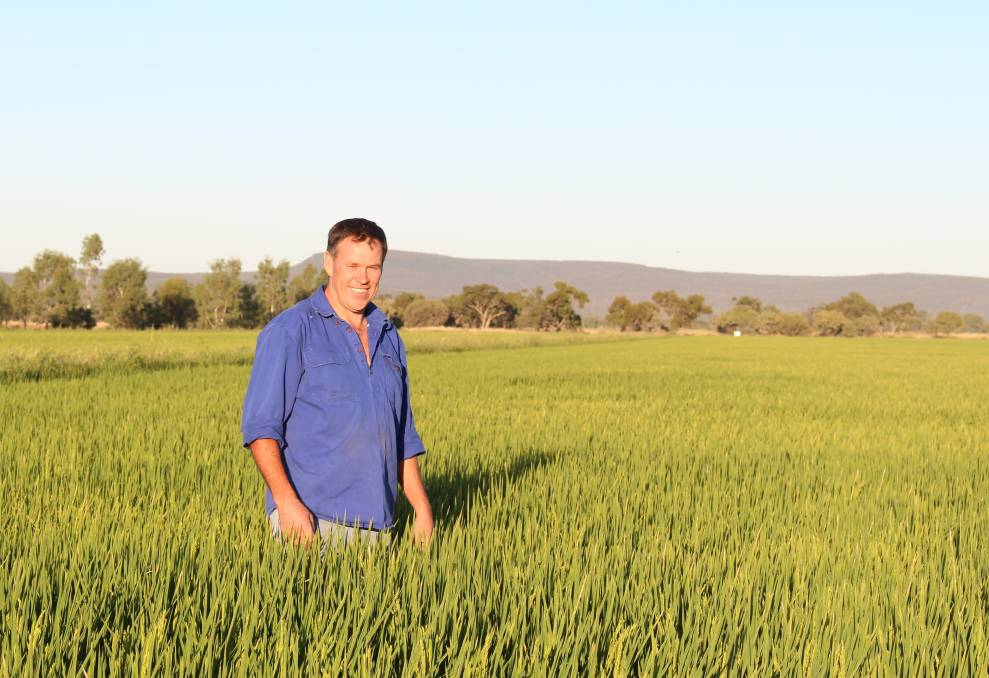That’s a key research finding of NSW rice grower and 2017 Nuffield Scholar, Mark Groat, who with support from AgriFutures Australia, travelled across the world to the United States, South America, China and India drawing comparisons and insights for rice production back in Australia.
The Nuffield Scholar said although Australia is a small market “at the bottom of the world”, its world reputation is much bigger than its market size.
“This opportunity provided by AgriFutures Australia to meet some of the industry leaders in the world of rice research enhances that reputation,” said Mr Groat.
“Rice has an underserved reputation of high water use and comparatively low water use efficiency, or the amount of product produced per unit of water. Regardless, rice is just another crop competing within a common water market. Therefore, profitability per megalitre is paramount and increasing water use efficiency is they key driver to sustained production of Australian rice.”
In welcoming the report, Lucinda Staley, AgriFutures Australia Manager, Research, said it provides many insights.
“The research will make a significant contribution to the industry and agriculture more broadly and will continue to enhance Australia’s reputation in terms of production and sustainability.”
The report, ‘The Future of Australian Rice Production‘ examined increasing water use efficiency through the twin lens of production per megalitre and return per megalitre at a time when producers are facing lower water allocations and higher water prices.
“It’s about gaining a greater return for the water used, whether that’s in terms of yield, quality, consumer demand, or company reputation,” said Mr Groat.
The report also investigated the role of genetic enhancement of rice by looking at the successes of short-season rice varieties and stubble management in North-West India.
“Winter crop rotation and stubble management dramatically increased water use efficiency while enhancing soil characteristics in that region. It’s a focus on the system as a whole rather than the individual crop that is the key learning here.”
The report featured a series of comparative case studies from international rice growing regions with similar geographic and climatic traits as Australia, such as the USA’s Mississippi Delta, Uruguay, North-East China and North-West India.









